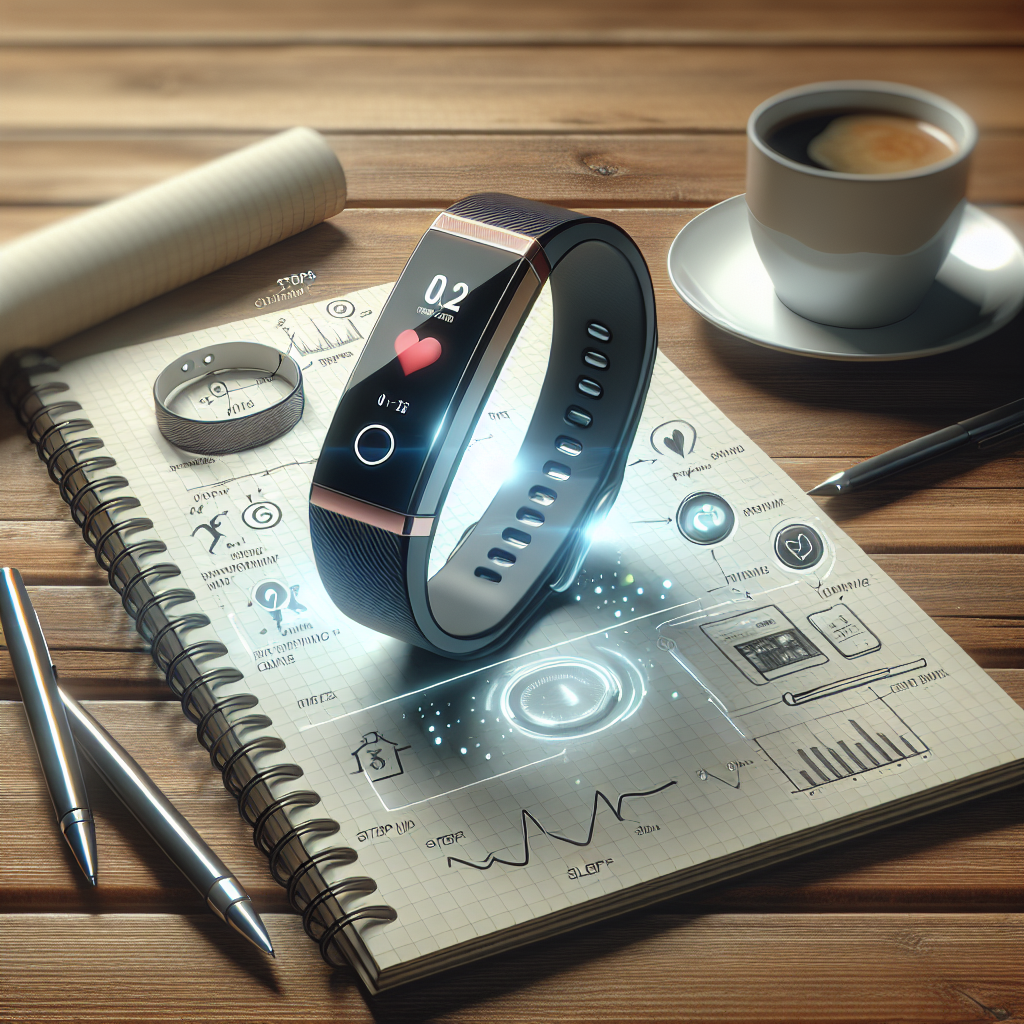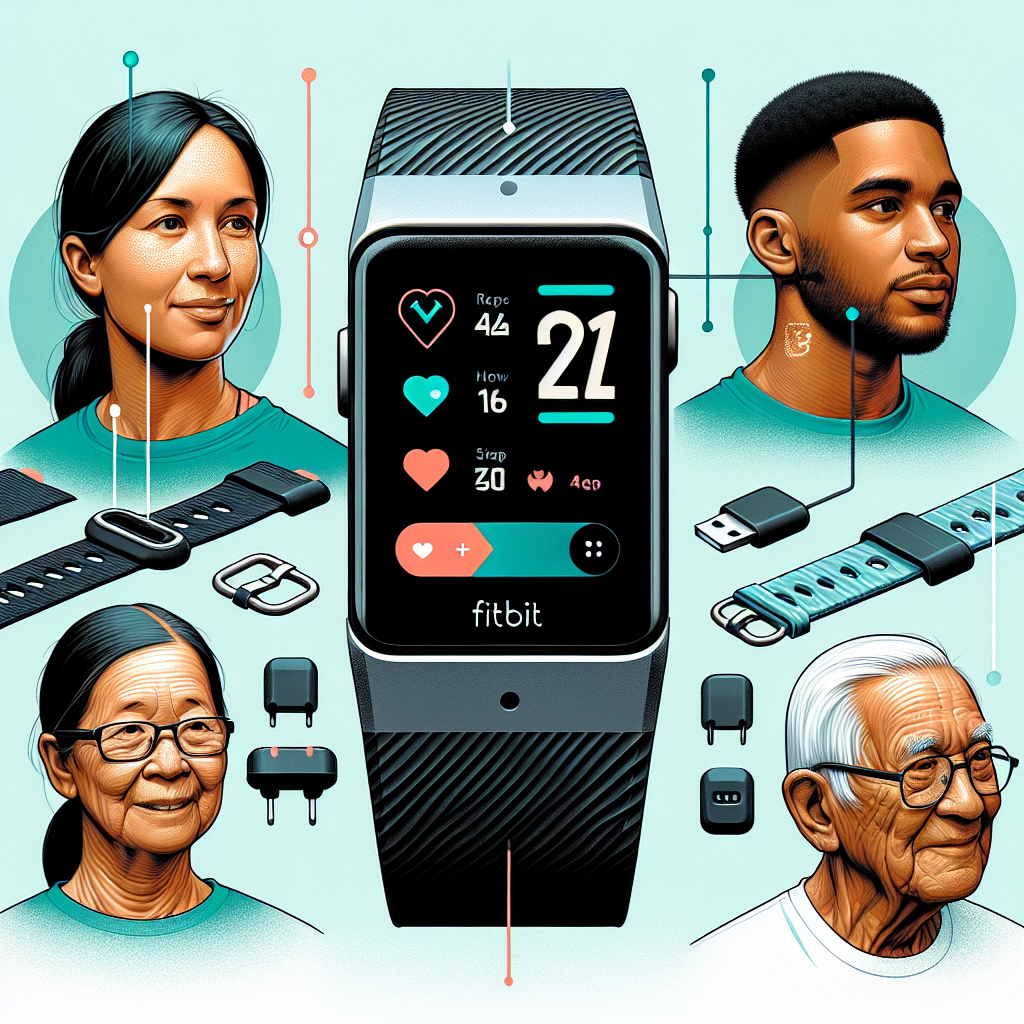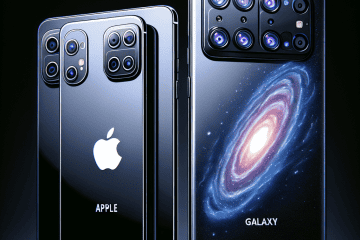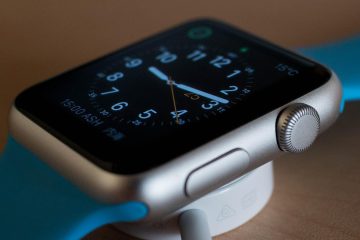Fitbit Inspire 3 Review
The Fitbit Inspire 3 is Fitbit’s most approachable fitness tracker: slim, comfortable, and focused on everyday health basics rather than smartwatch extras. It’s an easy recommendation if you want reliable activity and sleep tracking with a battery that keeps going, but it’s less compelling if you need standalone GPS or richer smart features.
What it’s like to use
– Design and comfort: The Inspire 3 is featherlight and low-profile, so it disappears on the wrist day and night. Quick-release bands make swapping styles easy, and it’s swimproof to 50 m.
– Display and controls: A bright color AMOLED screen is a welcome upgrade over older Inspire models. There’s an optional always-on mode, though it cuts battery life. Capacitive side buttons make navigation simple, but the screen is small and bezels are noticeable.
– Fitness and health tracking: Daily step counting, 24/7 heart rate, Active Zone Minutes, and automatic exercise recognition work reliably for casual to moderate training. Heart-rate accuracy is solid for steady efforts but can lag during intervals. Sleep tracking is a highlight with Sleep Score and Smart Wake alarms. SpO2 and skin temperature variation are tracked mostly during sleep.
– Workouts and GPS: There are 20+ exercise modes, and it uses your phone’s GPS for pace and route (no built-in GPS). There’s no altimeter, so it won’t count floors climbed.
– Battery life: Fitbit quotes up to 10 days; in real use expect about 6–8 days with notifications, and less with the always-on display. A full charge typically takes around 2 hours.
– Smart features: You get call, text, and app notifications (quick replies on Android), silent alarms, timers, and basic wellness prompts. No music control, payments, voice assistant, or third‑party apps.
– App and ecosystem: The Fitbit app is polished and easy to read. Some advanced metrics, workouts, and insights require Fitbit Premium after a trial. Newer devices require a Google account for setup and syncing.
Key features
– 24/7 heart rate monitoring with high/low heart rate notifications
– Sleep tracking with Sleep Score, stages, and Smart Wake; Sleep Profile with Premium
– SpO2 (estimated oxygen variation), skin temperature variation, breathing rate, HRV trends

– 20+ exercise modes with automatic exercise recognition (SmartTrack)
– Active Zone Minutes and daily readiness insights with Premium
– Connected GPS via your phone
– Color AMOLED display with optional always-on
– Up to 10 days battery life (variable by settings/use)
– 5 ATM water resistance (swimproof)
– Stress management score, guided breathing, mindfulness reminders
– Menstrual health tracking
– Interchangeable bands; lightweight, comfortable design
– Works with Android and iOS; notifications and quick replies (Android)
Pros
– Excellent battery life for a color display tracker
– Slim, comfortable, and swimproof design that’s easy to wear 24/7

– Reliable sleep tracking and straightforward health metrics
– Clear, colorful screen with optional always-on
– Affordable price and frequent discounts
– Strong basic fitness tracking with automatic exercise detection
Cons
– No built-in GPS; requires your phone for accurate pace and routes
– Many advanced insights and workouts are locked behind Fitbit Premium
– Small display with thick bezels; limited watch-style features
– No altimeter, music controls, contactless payments, or voice assistant
– Heart-rate tracking can struggle during high-intensity intervals
– Proprietary charger
Verdict
If you want an unobtrusive, long-lasting tracker that nails the fundamentals—steps, heart rate, sleep, and gentle motivation—the Inspire 3 is one of the best values around. If you need standalone GPS, richer smartwatch functions, or you don’t want to pay for Premium to unlock deeper insights, consider stepping up to a more feature-packed device.




